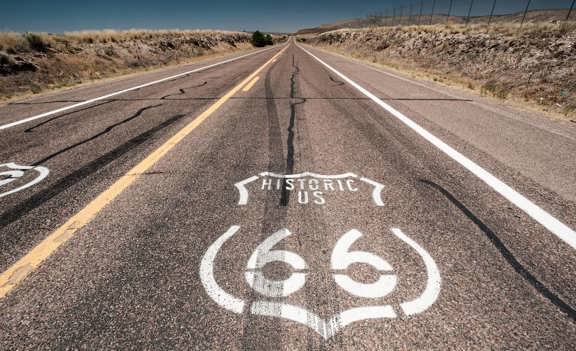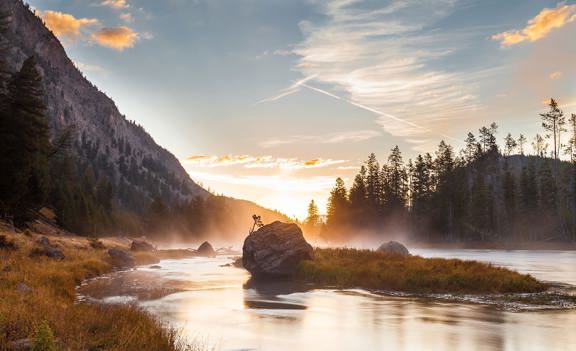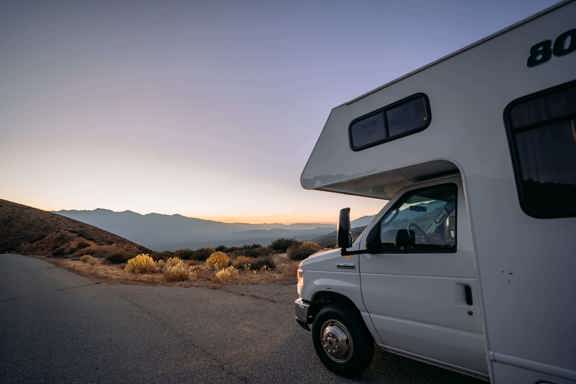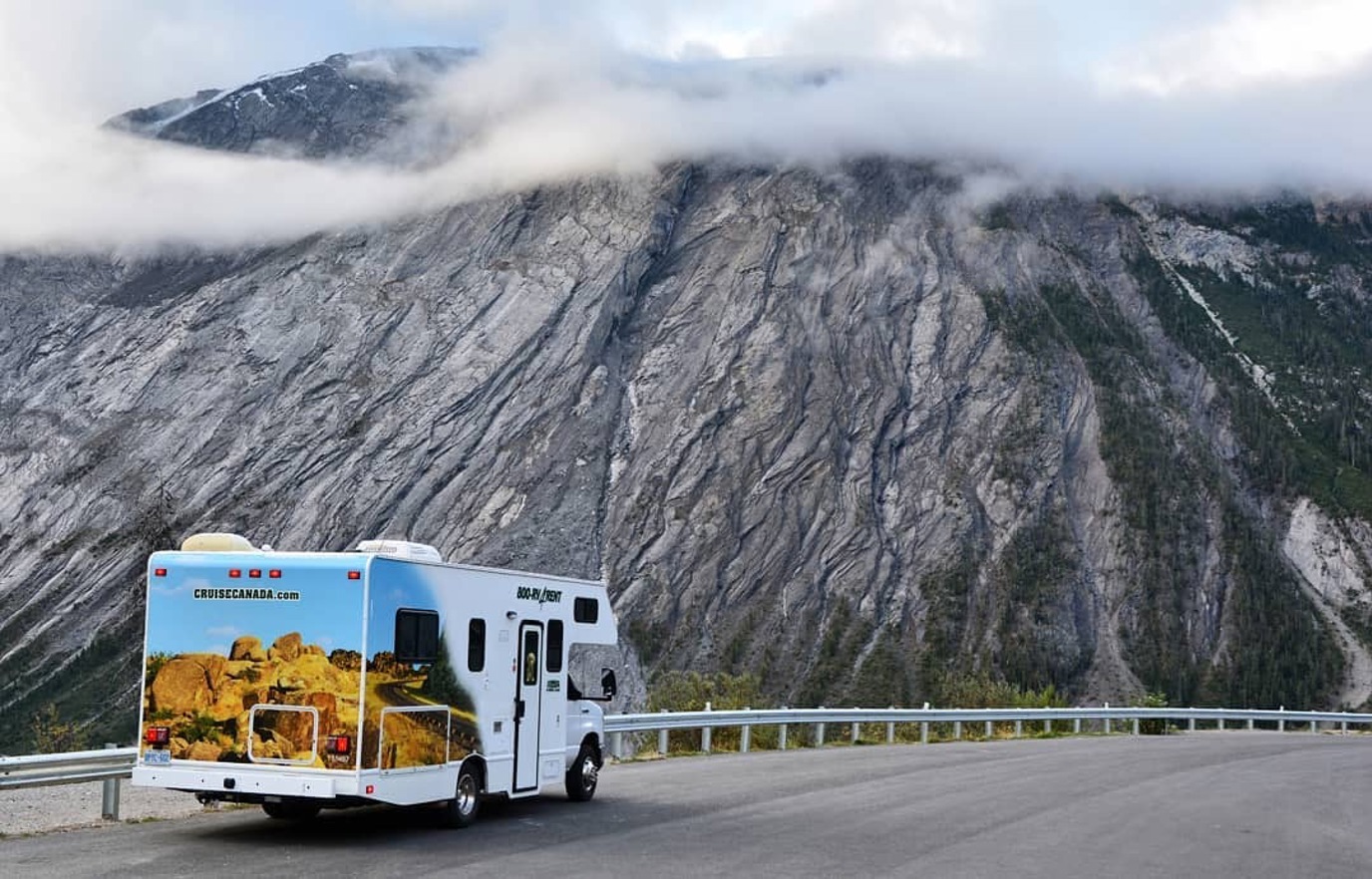
How to Anchor an RV in High Winds
SharePhoto credit: Instagram User @po11ard.r
“My friend said she felt like her old RV was about to flip last night. That can’t actually happen, can it?”
Believe it or not, on rare occasions, high winds can flip RVs. However, it’s extremely unlikely, and there are plenty of ways you can anchor your RV to prevent the possibility altogether in most scenarios.
Keep reading to learn more.
Can High Winds Alone Flip My RV?
Yes, high-winds alone can flip RVs. Of course, we aren’t talking about your regular gust of wind or ocean breeze. It takes extreme weather events to flip RVs.
Ok, so how much wind can an RV withstand? Well, that depends on the size, make, model, and weight of the vehicle in question, among several other factors.
However, according to a study from Kent State entitled “Wind Speeds Required to Upset Vehicles” by lead authors Thomas W. Schmidlin and Barbara O. Hammer, you would need hurricane-force winds in excess of 91 miles per hour to flip even the least stable RV, if it is fully functional and stationary.
The study at Kent State examined vehicles parked outside houses that were struck by tornadoes. Then, they did wind tunnel tests to determine the probability of vehicle damage and flipping in extreme conditions. The results illustrate how difficult it is to flip any vehicle.
Still, wind speeds of as little as 15 to 20 MPH can affect RVs while driving. And driving with winds near 30 MPH and higher might not be safe for some RVs at highway speeds.
Despite this, RVs only flip on rare occasions, usually during extreme weather events like hurricanes or tornadoes. So, in practice, as long as you position your RV properly and stay tuned to the weather, you won’t have to worry about an RV flipping over.
Studies have shown RVs are safer than cars. The rate of RV deaths in the US is less than a third of the average fatality rate for all vehicles.
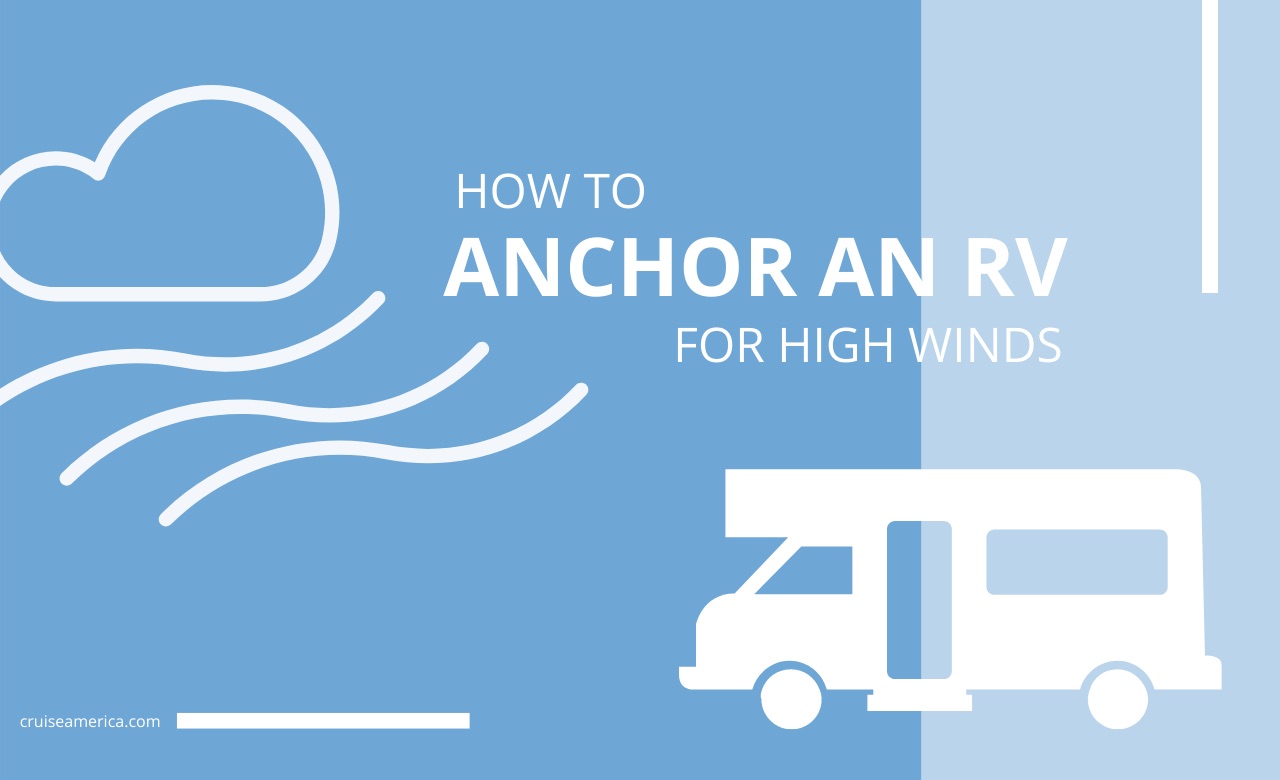
How to Anchor an RV for High Winds
It turns out anchoring isn’t just for boats, RVs can also use anchors. Of course, anchoring an RV isn’t exactly the same as anchoring a boat. Most RVs won’t need any anchoring equipment at all. Still, it’s always good to come prepared, just in case.
So, how do you anchor an RV in high winds?
First, if you can position your RV correctly and always be aware of weather conditions, you can mostly avoid anchoring your RV altogether.
RV Positioning in High-Winds
Here are a few RV position tips for high-winds:
-
Don’t drive. If wind speeds increase to a point where you are having trouble controlling your RV, pull over right away. At highway speeds, this can happen with winds that are 30 miles per hour or over.
-
Get out of the wind. Park near a windbreak like a large building or hill, if possible. Also, remember to avoid parking under a tree with old or dying limbs, which can fall off and damage your vehicle.
-
Hitch up to a vehicle or an RV hookup. Hooking up to a tow vehicle, or preferably an RV hookup can stabilize your RV in extreme weather conditions.
-
Point your RVs nose into the wind. Wind at the back and sides of your RV is much more likely to cause a flip.
RV Anchoring Options and Tips
After you’ve positioned your RV correctly, there are a couple more aggressive anchoring options if the weather is severe.
-
Try using your RVs stabilizing jacks, wheel chocks, tire cradles, or even mobile home anchors. Some RVs have built-in stabilizing jacks that can be deployed in high-winds. If you don’t have that option, several RV anchoring options are available on Amazon and other eCommerce sites. RV anchors won’t break the bank, either.
-
Awning anchor kits can be valuable, but if the wind starts picking up, it’s better to remove awnings altogether. These days, awnings that attach to the outside of RVs are common. If you have one, remember to remove it, if you know high-winds are coming.
-
Always check the weather forecast before going into areas with extreme winds, tornadoes, or hurricanes. Above all, checking the local weather is the most critical step to ensuring your safety on an RV trip.
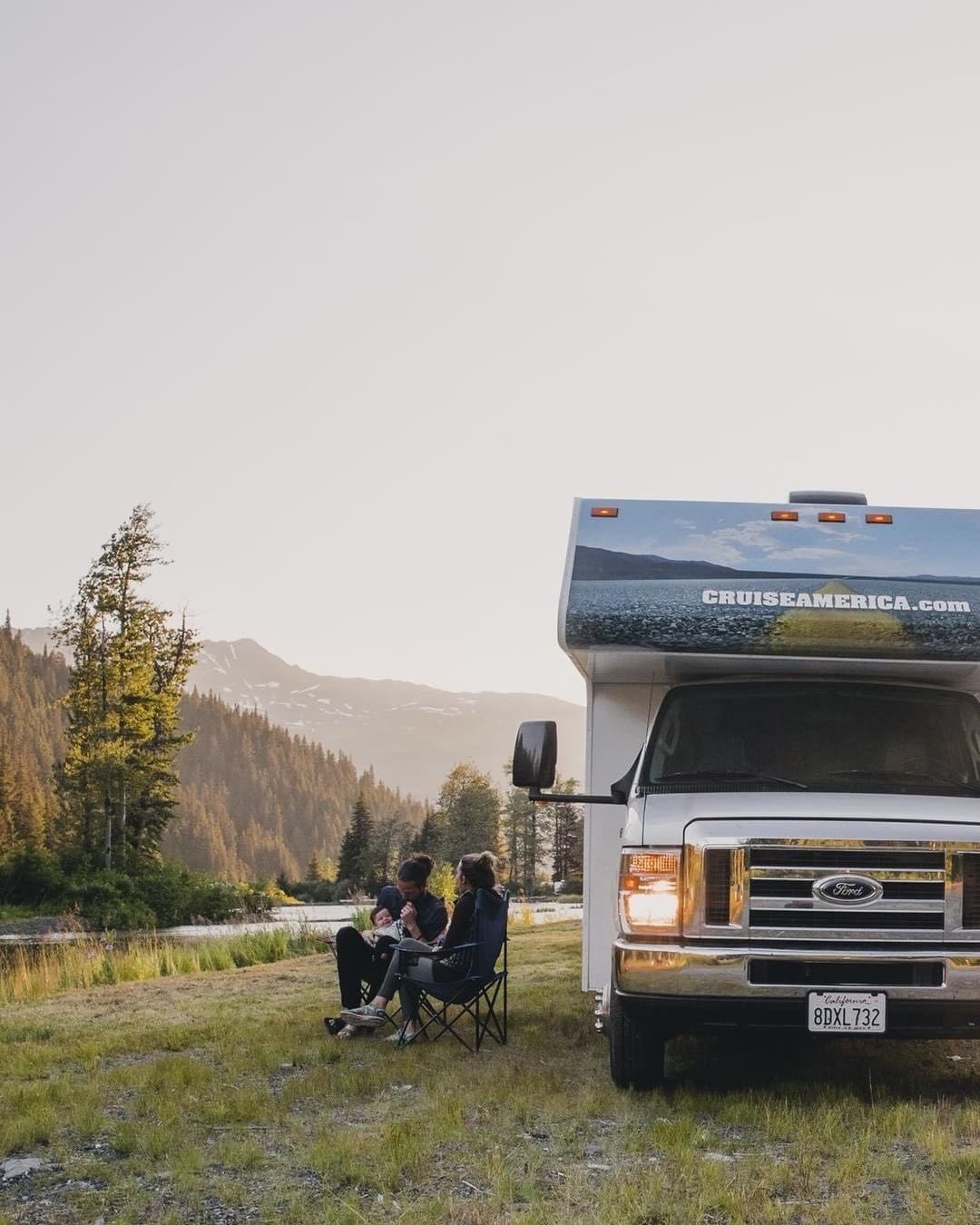 Photo Credit: Instagram User @thejurys
Photo Credit: Instagram User @thejurys
Why Choosing the Right RV Rental Company Can Make all the Difference
When all is said and done, RVs are one of the safest travel options around. If you come prepared, you won’t have to worry about your RV flipping in the wind.
The best RV rental companies, like Cruise America, also provide free insurance and 24-hour roadside assistance to ease your mind.
Cruise America RV Rentals are all covered by a $1,500 deductible policy, and for a nominal fee, you can easily upgrade to our Zero Deductible Policy.
Cruise America also provides troubleshooting videos to every renter through our Cruise America app if something goes wrong. It’s that level of support and safety that makes Cruise America stand out from other RV rental companies.
Try renting from Cruise, and your next RV trip will be fun, affordable, and, most importantly, safe.
